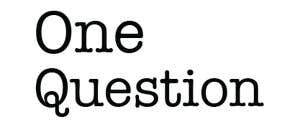Peer at a drop of pond scum under a microscope, and you will see a world of tiny microbes duking it out for their share of real estate and resources. To gain the upper hand, some of them will barrage their rivals with toxins.
But it turns out that in this microscopic world, the pacificists sometimes win out over the aggressors, particularly under topsy-turvy conditions. So says a new study by Cornell researchers with the Center for Applied Mathematics, who studied “killer strains” of Saccharomyces cerevisiae—a species of yeast used for baking, wine making, and beer brewing since ancient times—in lab experiments and computational modeling.
“The big overarching question was: When is it advantageous to be antagonistic, and when is it detrimental?” says Andrea Giometto, an assistant professor of civil and environmental engineering in Cornell Engineering and a co-author of the paper.
Aggressive microbes tend to win under idealized lab conditions, where the variables are tightly controlled and the environment is relatively unchanging, the researchers found. But the tables are turned when the environment is harsh or fluctuating, with frequent and recurrent disturbances, for example, when one removes plaque during toothbrushing, takes a course of antibiotics, or when dry soils are soaked by heavy rains. The researchers call these “boom and bust” cycles. Under these circumstances, the metabolic costs of toxin release didn’t seem to be worth it because the mortality of all microbes spiked.
“In colloquial words, if you’re too focused on spiting others, that takes away from time and energy you could spend on becoming better yourself or producing more offspring,” Alexander Vladimirsky, a professor of mathematics in the College of Arts and Sciences, says.
The findings, which were published in Proceedings of the National Academy of Sciences, could inform the future design of probiotics aimed at treating infections. ![]()
Lead image: Nur Sifatullah / Shutterstock
































